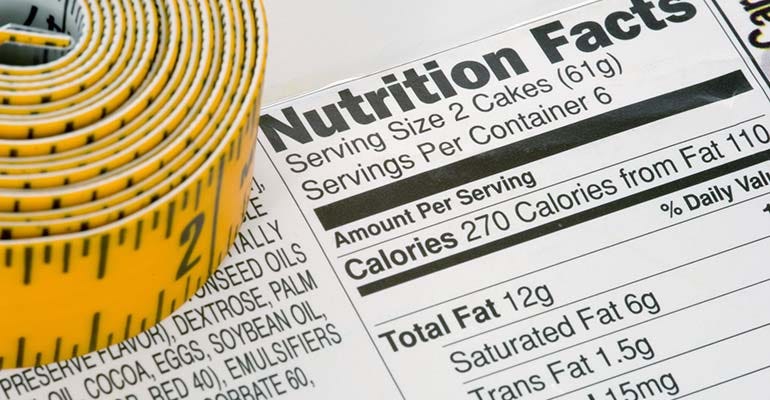
Dieting for a bodybuilding show is one of the most challenging things a person can do. Life is stressful as it is, and during a contest prep there’s no junk food to turn to for relief when work and relationships are kicking your butt.
A typical contest prep diet usually lasts about 12 weeks, with cardio making an unwanted guest appearance late in the process. The body does not want to be at extremely low body fat levels, and it will do everything in its power to keep you from getting there.
After showtime has come and gone, many fitness coaches recommend that their client go through a reverse diet. A reverse diet is a systematic and slow increase in calories over a period of time to rebuild what is a now a slow churning metabolism. Metabolism is directly related to calorie intake; if your intake is low then your metabolic rate will decrease to adjust to that level. On the surface, it may appear that a bodybuilding competitor has a furnace-like metabolism, but that is likely not the case. Aside from the genetically gifted, most competitors have to go through hell to be stage ready.
Reverse dieting seems quite logical. Slow increases in calories will allow the metabolism to rev up and minimize body fat accumulation in the process. A typical reverse diet will have the competitor adding about 10g of carbs and 5g of fat to their macronutrient totals each week. Sounds like a reasonable course of action aside from one thing; there is a huge margin of error when it comes to calorie counting.
Lets say you go to the grocery store and pick up a box of granola bars. The nutrition facts panel on the side of the box is an approximation. In fact, the FDA allows for up to 20% error on these labels. This revelation nearly throws the concept of reverse dieting out the window. You could be meticulous and perfect and weigh and track every food item, yet still be inaccurate. The only way to know exactly how many calories are in something is to put the food in an instrument called a bomb calorimeter. In a nutshell, this instrument burns the food and measures the heat generated to determine the calorie content. I assure you that many foods have not gone through this process. This is not what strict MyFitnessPal users want to hear, but it’s the truth.
So what’s the answer when it comes to post contest dieting? Personally, I have my clients go back to their pre-contest maintenance level. Will they put on body fat in the process? Probably. Is that a bad thing? No. No one will claim that bodybuilding is healthy. Walking around at dangerously low body fat levels is not optimal for hormone function and general health. Plus, I think it’s a bit irresponsible to have a client go on a 12 week reverse diet immediately after a 12 week contest prep diet. No one should be dieting for half a year.
I’m not saying reverse dieting does not or can not work. I understand the concept, but just believe the implementation is nearly impossible. Theory and practice are two different things. The only way I can see it being successful is if you ate the same foods every day. In that situation, you would simply increase the volume of those foods week after week. Again, I still prefer the approach of going right back to maintenance calorie levels after a show.
Recent Posts
Stretching Before Workouts: Essential Warmup or Performance Killer
“Don’t stretch before workouts, your muscles become too supple” “Stretch before your workouts, warming up is important” It's conflicting advice like this that drives people crazy,...
Best Protein Bar For the Money | Cost Effective, High Quality
Protein bars are no longer a supplement dedicated to diehard gym rats, with awful taste and the consistency of a brick. Men, women, and even teenagers can commonly be seen eating protein bars. The...
